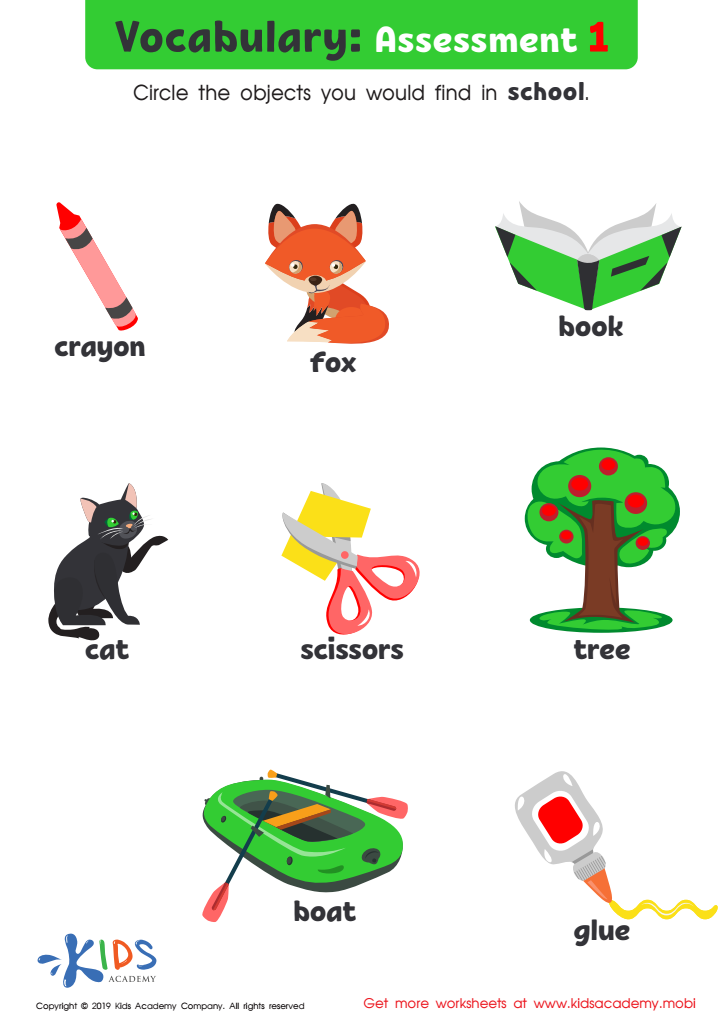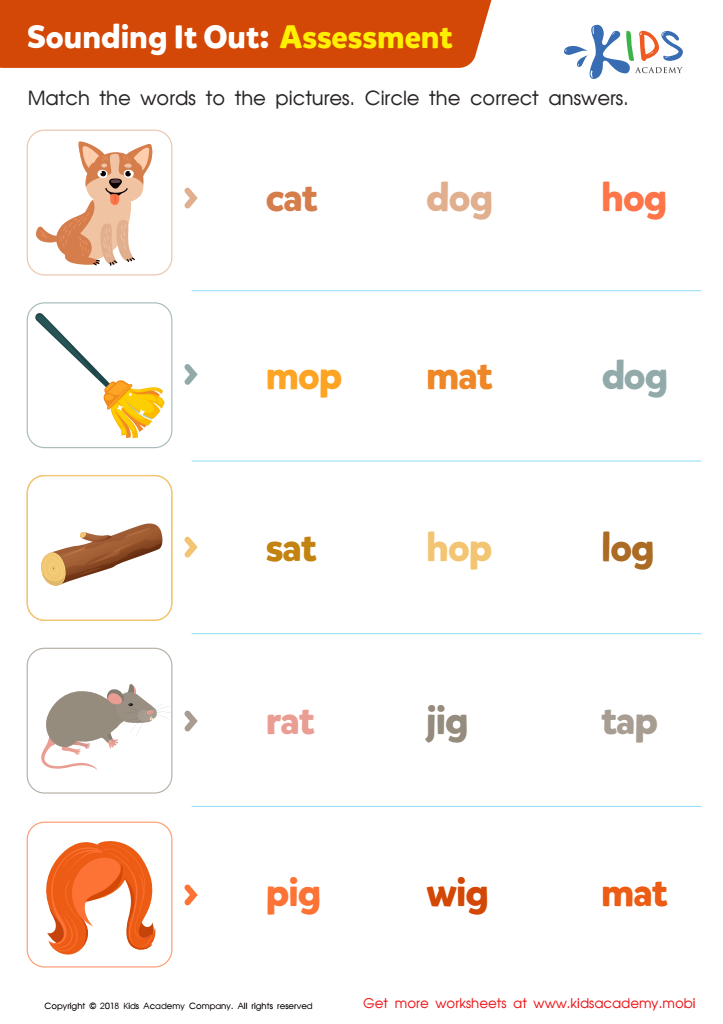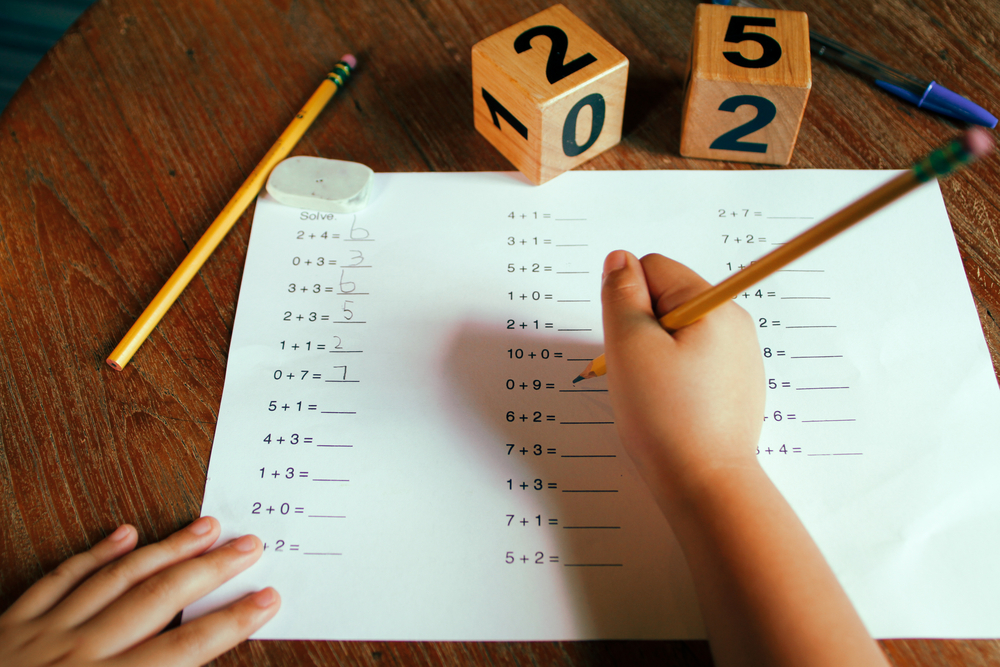Normal Building Vocabulary worksheets activities for Ages 4-6
2 filtered results
-
From - To


Vocabulary: Assessment 1 Worksheet


Sounding it Out: Assessment Worksheet
Normal Building Vocabulary worksheets activities are an essential tool in the process of language acquisition and development, whether for young learners in a classroom setting or adults looking to expand their linguistic abilities. These structured activities are designed to systematically increase an individual's word bank, enabling them to articulate thoughts more precisely, understand complex texts with ease, and engage in conversations that are more meaningful and insightful.
One of the core reasons why Normal Building Vocabulary worksheets activities are so useful is their ability to cater to a wide range of learning styles. For visual learners, these worksheets often include matching exercises, word searches, and crosswords that make learning new vocabulary engaging and fun. For those who learn best through context, fill-in-the-blank sentences or short paragraph exercises help in understanding how new words fit into everyday language. This versatility ensures that learners of all types find these activities helpful and effective.
Furthermore, these worksheets activities facilitate repeated exposure to new words in varied contexts, a proven method for enhancing retention. It's not just about memorizing definitions; it's about seeing how words interact within sentences, how they can be substituted for one another, and how their nuances can alter meanings subtly. This deeper comprehension aids learners in not only remembering the words but in using them correctly and confidently.
Moreover, Normal Building Vocabulary worksheets activities often include a component of assessment, which is crucial for tracking progress and identifying areas that require further attention. This immediate feedback loop helps learners to stay motivated, celebrate their successes, and strategize appropriately for areas of difficulty.
In conclusion, Normal Building Vocabulary worksheets activities are a cornerstone of effective language learning. They provide a structured, engaging, and multifaceted approach to vocabulary acquisition, which is critical for developing communication skills. By incorporating these activities into their study routines, learners can significantly enhance their language proficiency and enjoy the broad spectrum of benefits that come with a rich and expansive vocabulary.

 Assign to the classroom
Assign to the classroom












